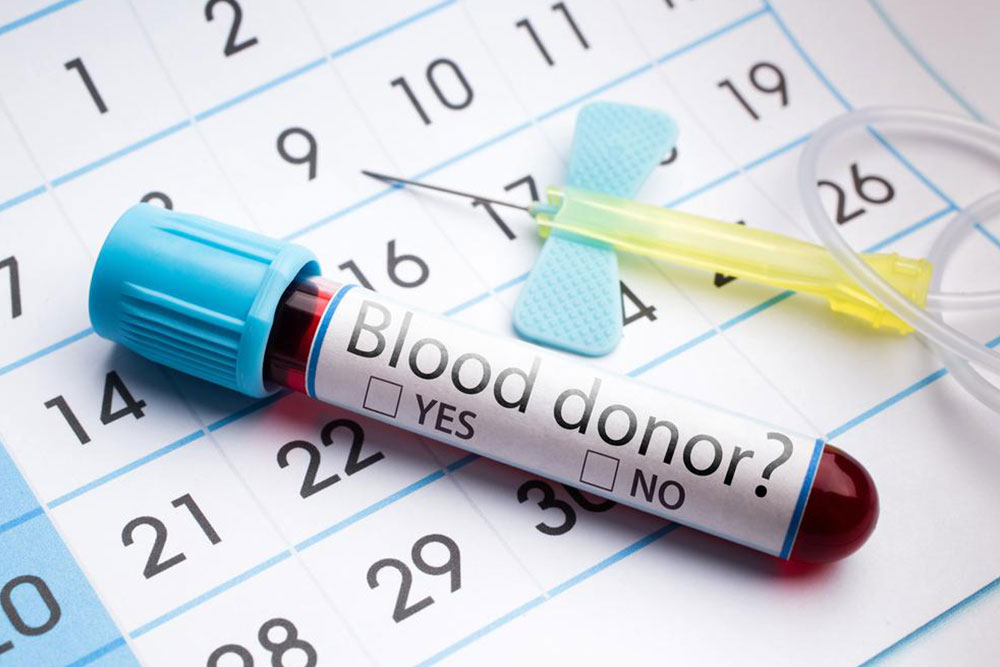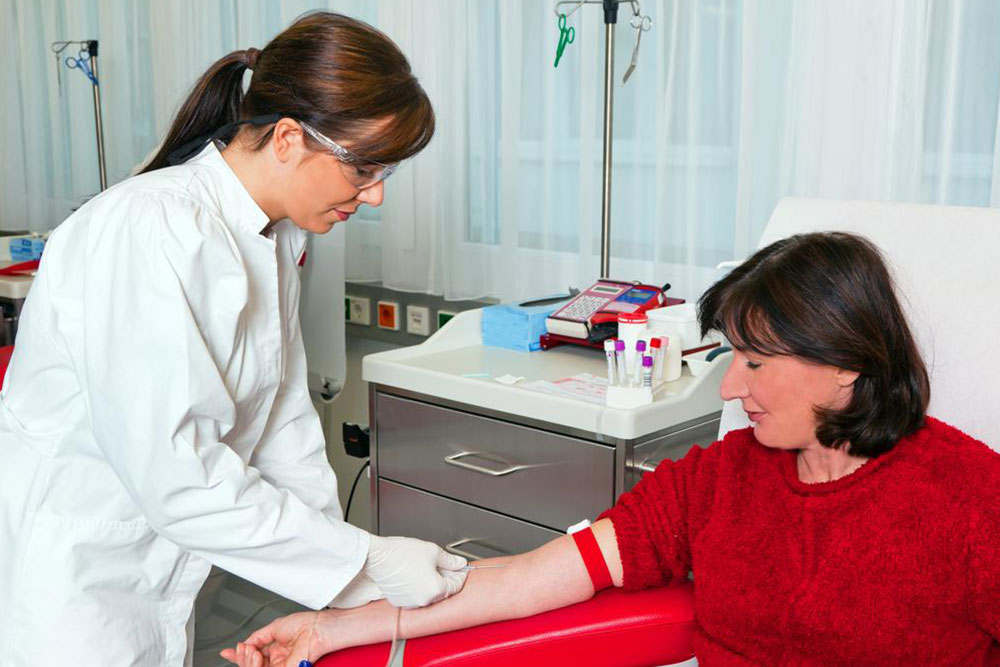The Critical Role of Umbilical Cord Blood Banking in Modern Medicine
Discover the importance of umbilical cord blood banking, its collection process, and how stem cells from cord blood can revolutionize medical treatments. Learn about public vs private banking options and the future potential of regenerative medicine. A comprehensive guide for expectant parents interested in safeguarding their baby's health.

The Critical Role of Umbilical Cord Blood Banking in Modern Medicine
In recent years, the significance of umbilical cord blood banking has grown exponentially, becoming a vital aspect of postnatal healthcare and regenerative medicine. Cord blood, which is stored in the umbilical cord and placenta of a newborn, is a rich source of hematopoietic stem cells—versatile cells capable of developing into various blood and tissue types. These stem cells have been pivotal in treating a range of hematological disorders, genetic diseases, and certain cancers. As medical research advances, the potential applications of cord blood stem cells continue to expand, making cord blood banking an essential consideration for expectant parents planning for their baby’s future health options.
Umbilical cord blood banking involves the collection, processing, and long-term cryogenic storage of blood obtained immediately after childbirth. The primary purpose of this process is to preserve the stem cells for potential future therapeutic use. The process is simple, safe, and minimally invasive, offering a promising avenue for personalized medicine, especially in cases where other treatments have failed or are unavailable. Parents can opt to donate the cord blood to a public bank, making it accessible to the broader medical community, or choose private banking, storing it exclusively for their family’s possible future needs.
The collection procedure begins within minutes after delivery, either during a cesarean section or vaginal birth. It is a painless and swift process that typically takes less than 10 minutes. After the baby is born and the umbilical cord is clamped, a healthcare professional inserts a sterile needle into the umbilical vein to gently draw approximately 100-150 milliliters of blood into a sterile collection bag. This blood is then carefully transported under controlled conditions to a specialized cryogenic storage facility where it undergoes rigorous testing, processing, and preservation.
Additionally, some cord blood banks also offer the collection and storage of umbilical cord tissue. Unlike the blood, which contains hematopoietic stem cells responsible for forming blood and immune cells, the tissue contains mesenchymal stem cells that can develop into bone, cartilage, and fat tissue. These cells hold promise for regenerative therapies targeting orthopedic injuries, autoimmune diseases, and more. Combining cord blood and tissue banking provides a broader spectrum of therapeutic possibilities, further enhancing the value of cord banking as a comprehensive biobank for future medical advancements.
Stem cells obtained from cord blood are invaluable in the treatment of numerous diseases. They can regenerate damaged blood cells, restore immune function, and repair damaged tissues. This is particularly critical in treating conditions such as leukemia, lymphoma, sickle cell anemia, and certain inherited metabolic disorders. The transplantation of cord blood-derived stem cells often carries a lower risk of graft-versus-host disease (GVHD) compared to traditional bone marrow transplants, making them an attractive option for immune-sensitive patients.
One of the major benefits of cord blood stem cells is their versatility—they can differentiate into multiple cell types, including blood cells, nerve cells, and bone cells, making them a powerful tool in regenerative medicine. As the understanding of stem cell therapies deepens, researchers are exploring their potential to treat neurodegenerative diseases, cardiovascular conditions, and autoimmune disorders. Early clinical trials suggest that stem cells from cord blood may help repair damaged tissues and improve patient outcomes in complex health conditions.
Beyond individual health benefits, public cord blood banks serve as vital community resources, providing matching stem cell products to patients in need of transplants. Donating your baby’s cord blood can save lives, especially when matched donors are scarce. Public banks operate under strict standards to ensure the safety, quality, and availability of donated samples, facilitating transplants worldwide.
Private cord blood banking offers a personalized approach, allowing families to store their own or a family member’s cord blood for potential future medical treatments. Although the likelihood of a child needing their own stored stem cells remains relatively low, owning a personal bank provides peace of mind and immediate access if emergencies occur. Many families choose private banking when there is a known family history of certain diseases or genetic conditions, making this option a proactive step toward personalized healthcare.
As we look ahead, the landscape of regenerative medicine continues to evolve rapidly. Advances in stem cell research promise innovative therapies that could revolutionize the treatment of many currently incurable diseases. In this context, cord blood banking stands out as a forward-looking investment in health, providing a life-saving resource that may benefit generations to come.
In conclusion, umbilical cord blood banking is more than just a medical procedure; it is a strategic move toward harnessing the body's natural healing potential. Whether through public donation or private storage, the decision to bank a newborn’s cord blood plays an important role in future healthcare possibilities, both for the individual and the broader community. As awareness increases and technological breakthroughs emerge, cord blood banking is poised to become an integral part of preventive and regenerative medicine worldwide.





